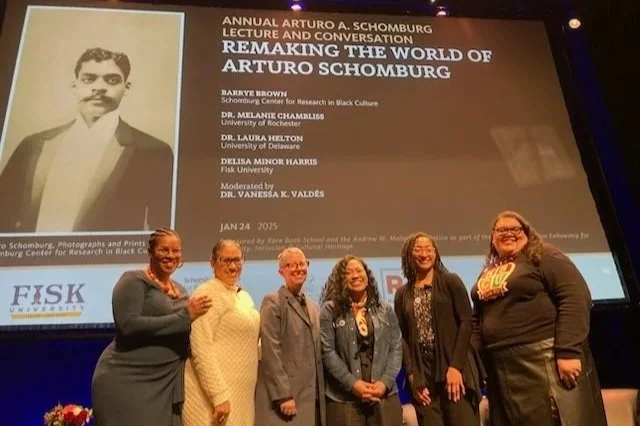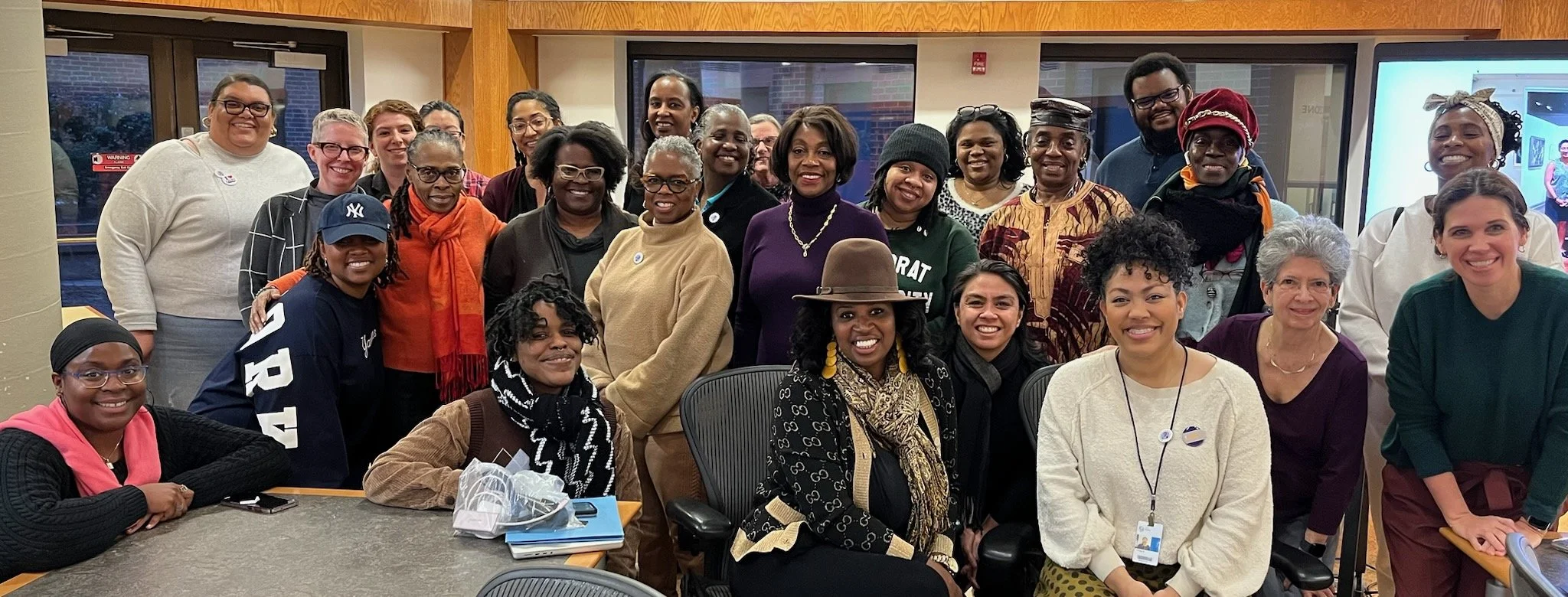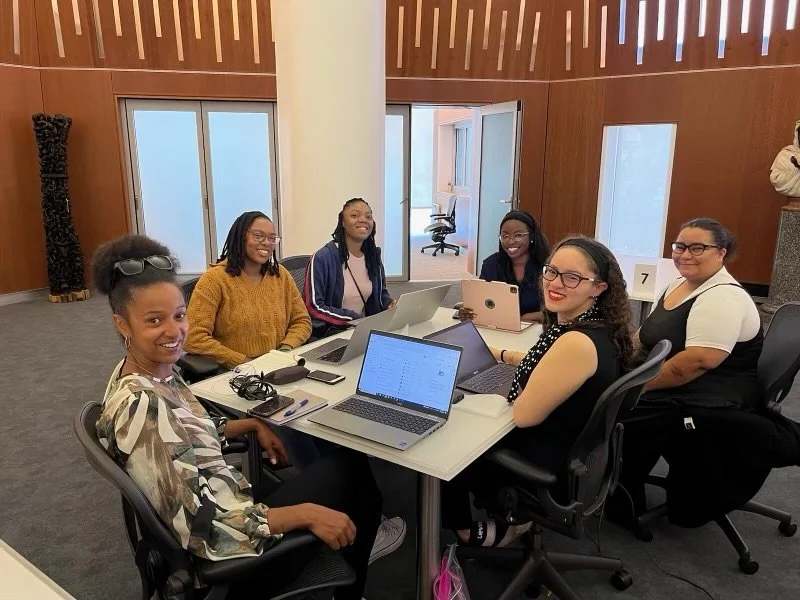Remaking the World of Arturo Schomburg
A collaborative digital edition project reimagining the legacy of Arturo Schomburg, connecting scholars, students, and the public to his pioneering work in Black history and archival preservation. Through digitization, metadata creation, and public engagement, the project builds access to Schomburg’s world and inspires new research pathways.
Digitization, Metadata, Transcription, and Editing
The project team digitized Arturo Schomburg’s papers at Fisk University, creating high-resolution images to preserve and share his legacy with a global audience. Each document was paired with carefully crafted metadata to improve discovery and context, ensuring researchers can trace relationships between people, places, and events in Schomburg’s world. Transcription work brought Schomburg’s words to life, making his handwritten notes and letters fully searchable and readable for scholars and the public. Editing refined the digital edition, standardizing language and annotations to meet scholarly standards while remaining accessible to educators and community users. Together, these processes aimed to build a robust, user-friendly digital resource that not only preserves Schomburg’s work but also sparks new questions, research projects, and public engagement with Black history.
Residency Colloquium
In my role on the Schomburg Project, I served as a core team member, taking on responsibilities that included organizing, providing guidance, presenting, writing about Fisk and the Schomburg connection, and serving as the voice of Fisk University’s history and library legacy. This role allowed me not only to lead but also to grow professionally by learning new skills from our project scholar-editors.
One of the most valuable experiences was learning the process of curating archival documents into digital editions that reflect key touchpoints of Schomburg’s legacy. I participated in Zooniverse training, which gave me insight into how crowdsourced transcription projects work on the back end. I learned how to create detailed, specific instructions for transcribers, including what to include or exclude and how to handle challenging handwritten text.
Additionally, I gained experience navigating linguistic and editorial decisions. Many of Schomburg’s documents are in Spanish or French, and the project team had to carefully decide whether to transcribe these materials into English or preserve them in their original language. These moments taught me a great deal about the interpretive and editorial decisions that shape digital editions and how such choices influence how future researchers engage with primary sources.



